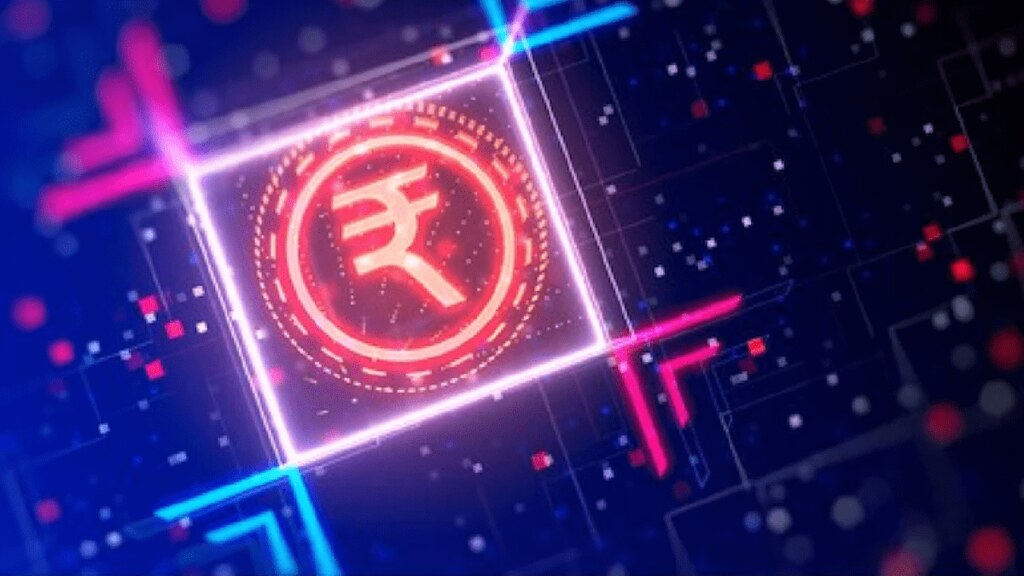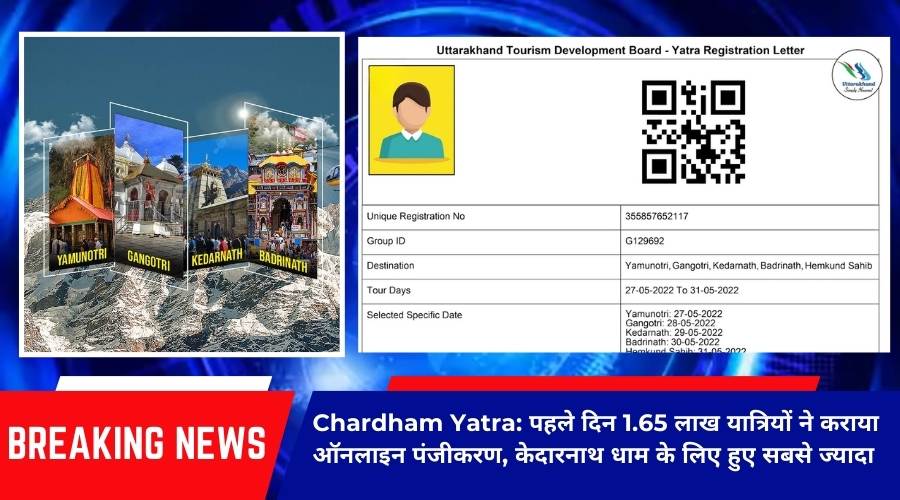In the modern global financial system, central banks are increasingly exploring the creation of their own digital currencies. The Reserve Bank of India (RBI) has emerged as a frontrunner in this initiative, making significant strides towards developing and implementing its own digital currency, the Digital Rupee. Different cryptocurrencies worldwide are firmly integrated into our daily lives – from essential purchases in online stores to payment for various popular entertainments. For example, click here to get to know the broad spectrum of online casinos with cryptocurrency payments, particularly Bitcoin. In this article, we delve into the intricacies of the Digital Rupee, its key features, the RBI’s role, potential benefits, and the challenges it may encounter.
The Digital Rupee: A Central Bank Digital Currency (CBDC)
The Digital Rupee is essentially a digital representation of the Indian Rupee, distinct from decentralized cryptocurrencies like Bitcoin. It is a government-backed digital currency aimed at providing a secure and regulated alternative to the volatile world of cryptocurrencies. This CBDC carries the same value as its physical counterpart and is designed to enhance the efficiency and accessibility of financial transactions in the digital age.
Understanding the Electronic Rupee Concept
The primary objective behind the Digital Rupee is to streamline financial transactions by eliminating the reliance on physical cash and traditional banking infrastructure. Users can hold, transfer, and receive Digital Rupees through digital wallets accessible via smartphones or electronic devices. This move toward a cashless economy is expected to make digital transactions more secure, rapid, and convenient.
Key Features and Functionality
Digital Wallets
Integration with digital wallets is integral to the Digital Rupee’s functionality. Users will employ these wallets, requiring a unique digital ID for accessing, saving, transferring, and receiving Digital Rupees.
Security
The RBI is committed to implementing state-of-the-art security measures for the Digital Rupee. Advanced encryption and blockchain technology will be employed to protect transactions and combat counterfeiting.
Instant Settlements
Digital Rupee transactions are designed for instant processing, minimizing the time required for fund transfers and settlements, particularly in cross-border transactions.
Accessibility
The Digital Rupee aims to be inclusive, allowing even those without access to traditional banking services to participate in the digital economy.
The Role of the Reserve Bank of India (RBI)
The RBI has approached the Digital Rupee’s implementation with caution and vigor, recognizing both its potential benefits and associated risks. The central bank acknowledges the transformative potential of a CBDC while seeking to strike a balance between financial stability and innovation. Over the years, the RBI has actively explored blockchain technology and digital currencies, forming an interdepartmental committee to assess the feasibility and appropriateness of a digital currency. This committee is addressing technological, legal, and policy considerations.
Benefits and Potential Impact
Economic Inclusion
The Digital Rupee has the potential to bring millions of unbanked and underbanked individuals into the formal financial system, fostering economic inclusion.
Lower Transaction Costs
Digital Rupee transactions can significantly reduce the costs associated with handling and transferring physical cash.
Improved Monetary Policy Transmission
A digital currency allows the central bank greater control over the money supply and interest rates, potentially enhancing the effectiveness of monetary policy.
Cryptocurrency Countermeasures
A government-backed digital currency can compete with private cryptocurrencies, potentially reducing their use in legal gray areas.
Risks and Challenges
Privacy Risks
The use of digital currency raises concerns about privacy and data security. Striking the right balance between privacy and regulatory supervision is a challenging task.
Technology Infrastructure
Establishing the nationwide infrastructure for the Digital Rupee rollout is a costly and time-consuming process.
Cybersecurity
As a digital currency, the Digital Rupee is vulnerable to cyberattacks, necessitating robust cybersecurity measures.
Adoption and Acceptance
Persuading the public and businesses to embrace the Digital Rupee may require time and education to overcome initial hesitations.
Conclusion
The Reserve Bank of India’s move to introduce the digital rupee reflects a forward-looking approach to modernizing India’s financial system. Despite the challenges, the potential benefits in terms of financial inclusion, lower transaction costs, and improved monetary policy are significant. If the RBI continues its research and development work, the digital rupee could play a crucial role in shaping India’s financial future and mark a revolutionary leap in the electronic currency landscape.




















